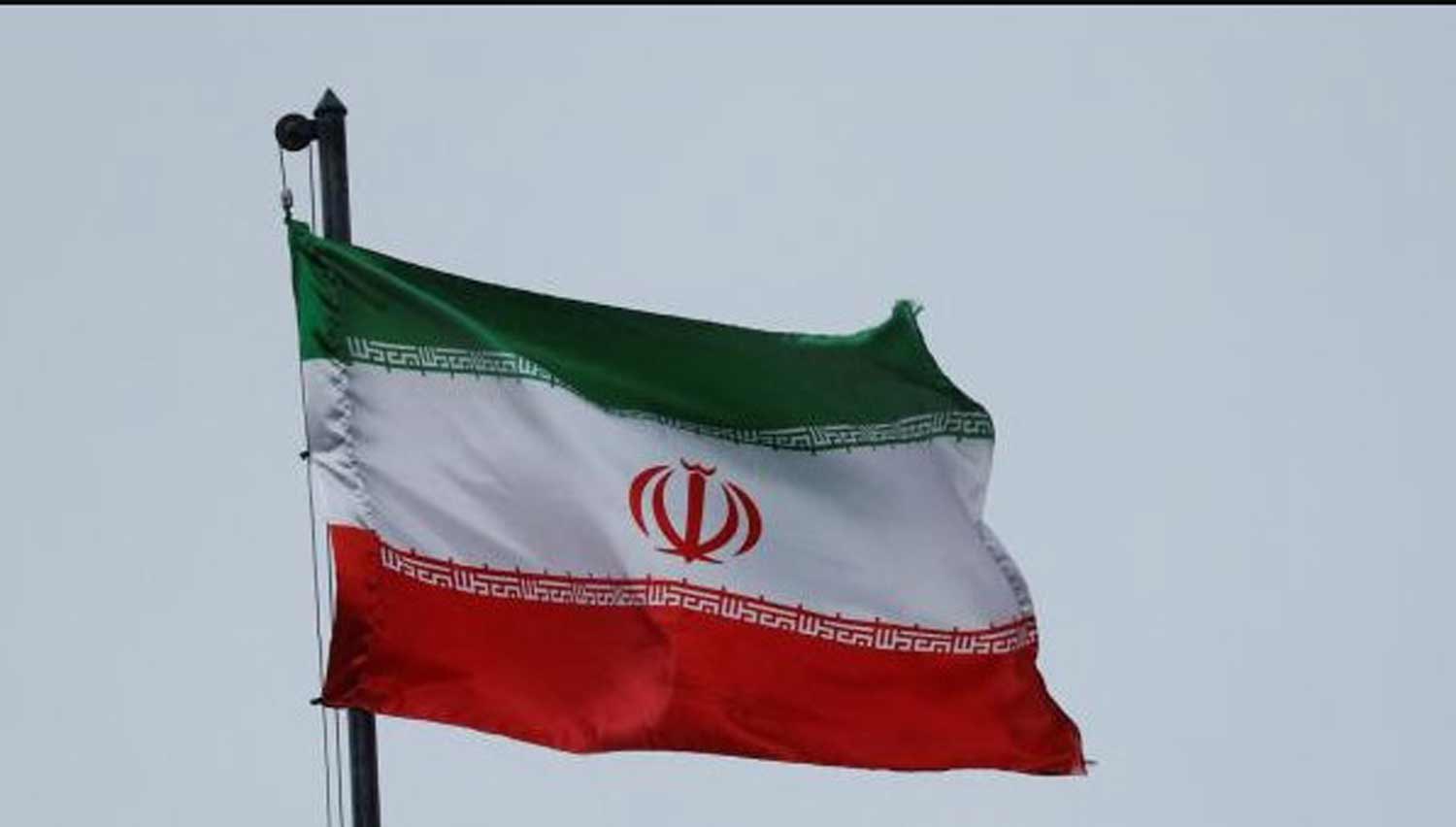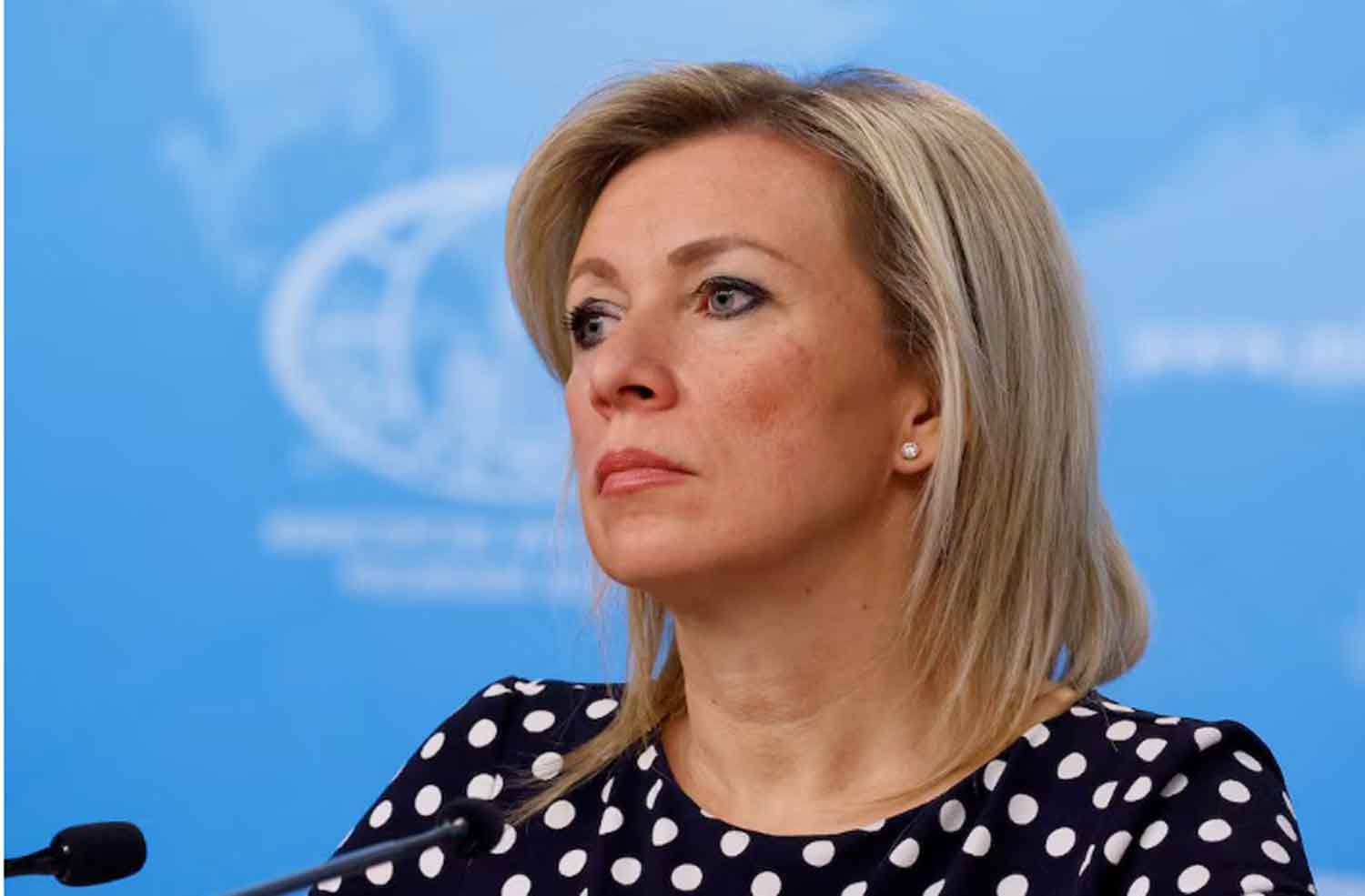Iran launched a barrage of ballistic missiles at Israel on Tuesday in response to Israel’s operations against Tehran’s Hezbollah allies in Lebanon, utilizing a range of weaponry that has long been a concern for Western nations. This assault occurred five months after an unprecedented direct Iranian strike on Israel in April. Ballistic missiles constitute a significant component of Tehran’s military capabilities.
BALLISTIC MISSILES
Ballistic missiles are rocket-propelled weapons that are guided during their initial ascent but subsequently follow a free-fall path influenced by gravity for the majority of their flight. They are designed to deliver warheads that may contain conventional explosives or potentially biological, chemical, or nuclear payloads, with ranges classified from short to intercontinental based on the missile type. The U.S. Office of the Director of National Intelligence reports that Iran possesses the largest stockpile of ballistic missiles in the Middle East.
IRANIAN MISSILE TYPES AND RANGES
* In April, the semi-official Iranian news agency ISNA released a graphic detailing nine Iranian missiles capable of reaching Israel. Among these are the ‘Sejil’, which can travel at speeds exceeding 17,000 km (10,500 miles) per hour and has a range of 2,500 km (1,550 miles), the ‘Kheibar’ with a range of 2,000 km (1,240 miles), and the ‘Haj Qasem’, which can reach up to 1,400 km (870 miles), according to ISNA.
* The Arms Control Association, a non-governmental organization based in Washington, reports that Iran’s ballistic missile arsenal includes the ‘Shahab-1’, with an estimated range of 300 km (190 miles); the ‘Zolfaghar’, which has a range of 700 km (435 miles); the ‘Shahab-3’, with a range between 800 and 1,000 km (500 to 620 miles); the ‘Emad-1’, a missile currently under development with a potential range of up to 2,000 km (1,240 miles); and the ‘Sejil’, also in development, with a range of 1,500 to 2,500 km (930 to 1,550 miles).
TUESDAY’S ATTACK
Fabian Hinz, an expert on Iran’s missile capabilities at the International Institute for Strategic Studies in Berlin, indicated that by analyzing the locations of missile launch videos shared on social media and their distances to Israel, he concluded that Iran utilized a mix of solid- and liquid-fueled missiles.
He explained that solid-fueled missiles, which represent a more advanced technology, are launched from angled mobile platforms, while liquid-fueled missiles are deployed from vertical launch systems. Hinz noted that the three solid-propellant missiles launched on Tuesday could likely be identified as the ‘Haj Qasem’, ‘Kheibar Shekan’, and ‘Fattah 1’. Additionally, the liquid-fueled missiles reportedly launched from Isfahan may include the ‘Emad’, ‘Badr’, and ‘Khorramshahr’.
MISSILE STRATEGY AND DEVELOPMENT
- Iran asserts that its ballistic missile capabilities serve as a crucial deterrent and retaliatory mechanism against the United States, Israel, and other potential adversaries in the region. The country maintains that it is not pursuing nuclear weapons.
- A 2023 report by Behnam Ben Taleblu, a Senior Fellow at the Foundation for Defense of Democracies in the U.S., indicates that Iran is actively constructing underground missile depots equipped with transport and launch systems, as well as subterranean facilities for missile production and storage. Notably, in June 2020, Iran claimed to have successfully launched its first ballistic missile from an underground site.
- The report highlights that years of reverse-engineering various missile types have enabled Iran to enhance missile range by utilizing lighter composite materials and optimizing airframe designs.
- In June 2023, Iranian officials announced the unveiling of what they termed the nation’s first domestically produced hypersonic ballistic missile, as reported by the official IRNA news agency. Hypersonic missiles are capable of traveling at speeds exceeding five times the speed of sound and can follow complex flight paths, making them challenging to intercept.
- According to the Arms Control Association, Iran’s missile program is primarily influenced by North Korean and Russian designs, with additional support from China.
- Iran also possesses cruise missiles, including the Kh-55, an air-launched nuclear-capable missile with a range of up to 3,000 kilometers (1,860 miles), and the advanced anti-ship missile Khalid Farzh, which has a range of approximately 300 kilometers (186 miles) and can carry a warhead weighing 1,000 kilograms (1.1 tons).
REGIONAL ATTACKS
* In January 2024, Iran’s Revolutionary Guards claimed responsibility for missile strikes targeting Israel’s intelligence headquarters located in Iraq’s semi-autonomous Kurdistan region, as well as strikes against Islamic State militants in Syria. Additionally, Iran reported launching missiles at two bases associated with a Baluchi militant group in neighboring Pakistan.
* Both Saudi Arabia and the United States have asserted that Iran was responsible for a drone and missile assault on Saudi Arabia’s critical oil facilities in 2019, a claim that Tehran has refuted.
* In 2020, Iran executed missile strikes against U.S.-led forces in Iraq, including the al-Asad air base, as a response to a U.S. drone strike that killed an Iranian commander.
SUPPORT FOR YEMEN’S HOUTHIS
* The United States has accused Iran of supplying arms to Yemen’s Houthis, who have targeted shipping in the Red Sea and Israel during the Gaza conflict, claiming their actions are intended to support the Palestinian cause. Iran has denied these allegations.
* On September 24, Reuters reported that Iran facilitated clandestine discussions between Russia and the Houthis regarding the transfer of anti-ship missiles to the group, according to Western and regional sources.
* In 2022, the Houthis announced that they had launched ballistic missiles and drones at the United Arab Emirates, including an attack aimed at a base housing U.S. military personnel, which was intercepted by U.S.-made Patriot missiles.
SUPPORT FOR HEZBOLLAH
* The Iran-supported Hezbollah organization in Lebanon has claimed it possesses the capability to convert thousands of rockets into precision-guided missiles and to manufacture drones. In the previous year, the late leader of Hezbollah, Hassan Nasrallah, stated that the group could modify standard rockets into precision missiles with assistance from Iranian specialists.
SYRIA
* According to intelligence officials from Israel and the West, Iran has supplied domestically produced precision-guided missiles to Syria to bolster President Bashar al-Assad’s efforts against rebel forces.
* Additionally, some of its production capabilities have been relocated to underground facilities in Syria, where Assad’s military and other pro-Iranian factions have acquired the skills to manufacture their own missiles, as reported by these sources.
Discover more from Defence Talks | Defense News Hub, Military Updates, Security Insights
Subscribe to get the latest posts sent to your email.





